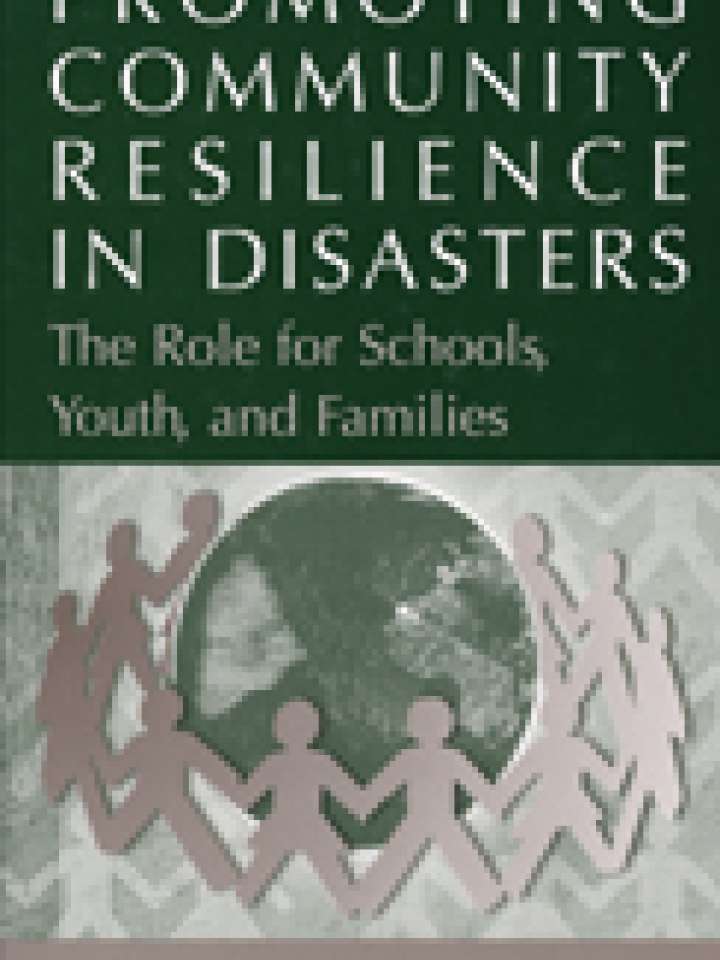Promoting community resilience in disasters: the role for schools, youth, and families
When large-scale disasters occur, they typically strike without warning, regardless of whether the cause is natural, such as a tsunami or earthquake, or man-made, such as a terrorist attack. And immediately following a hazardous event or mass violence, two of the most vulnerable groups at risk are a community’s children and their family members. This book offers both clinicians and researchers guidance on hazard preparation efforts as well as early response and intervention practices. It emphasizes an evidence-and prevention-based approach that is geared toward readiness, response, and recovery phases of natural and human-made disasters. This book is specifically geared toward assisting those who work in school or community settings-including school psychologists and counselors, emergency managers and planners, and all mental health professionals-not only to increase resilience after a disaster, but to respond and intervene as quickly as possible when catastrophe strikes. It will assist those charged with the responsibility for helping others respond to and rebound from major traumas, especially clinicians and other professionals who work with children and their family members.
Explore further
